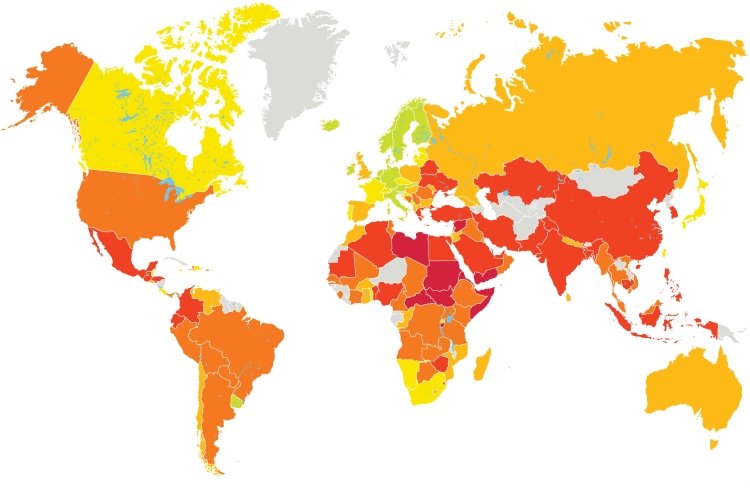The meeting involved representatives of the PERC organization that have some experiences in the field of organizing, in particular, in Central and Eastern Europe. It continued the work initiated by the ICFTU in 2000 on building exchange of practices and experiences, however, with the new PERC dimension it has initiated the setting up of the PERC organizing task-force. The second day of the meeting was organized jointly with the ETUI-REHS network, to ensure Pan-European dimension of the thematic discussions and to define certain priorities for further common activities.
The task force is an element of the PERC internal structuring and is meant to start developing policies that would guide the PERC in the field of organizing policies. The aim of the meeting was to map out different organizing initiatives run by national centers and to start fixing agenda for the task force. Different patterns of organizing activities were presented that could be grouped in 3 main models:
1. Classic organizing model. The national centre is not doing direct organizing, leaving this area to its national affiliates. The confederation assists and provides general coordination, in particular, when an arbitrage between competing unions is necessary.
2. Solidarnosc’ model. The national centre plays direct role in organizing, through its territorial structures, where organizers work. Workers are becoming union members through regional branches and then their union can subscribe to industrial union. The membership fees go to regional Solidarnosc branch and then to the national centre itself that remits certain percentage to national unions.
3. Co-acting model. The national centre defines the areas of strategic importance and engages organizers (directly or through regional structures) that work on union setting at certain enterprises. The unions join then one of the national unions.
Certain specific aspects were highlighted for further discussion:
![]() Separately shall be considered cases of “setting new union” affiliated to the national centre, in particular, of the workers involved in informal labour activities. There is a need to bring union leaders of these organizations together for some further exchange;
Separately shall be considered cases of “setting new union” affiliated to the national centre, in particular, of the workers involved in informal labour activities. There is a need to bring union leaders of these organizations together for some further exchange;
![]() Some unions are employing migrants to organise their co-natives, in most of the cases these organizers have no link with the unions of their mother countries, there is a need to facilitate cross-border union discussions, to see how these organsers are engaged and what can be their usefulness for the unions of their mother countries;
Some unions are employing migrants to organise their co-natives, in most of the cases these organizers have no link with the unions of their mother countries, there is a need to facilitate cross-border union discussions, to see how these organsers are engaged and what can be their usefulness for the unions of their mother countries;
![]() Vital role of trade union education and training in preserving the new organizations and upbringing new leaders and the need to review the existing materials and to build up some simple course / guide on this.
Vital role of trade union education and training in preserving the new organizations and upbringing new leaders and the need to review the existing materials and to build up some simple course / guide on this.
For more information please ask perc at ituc-csi.org



